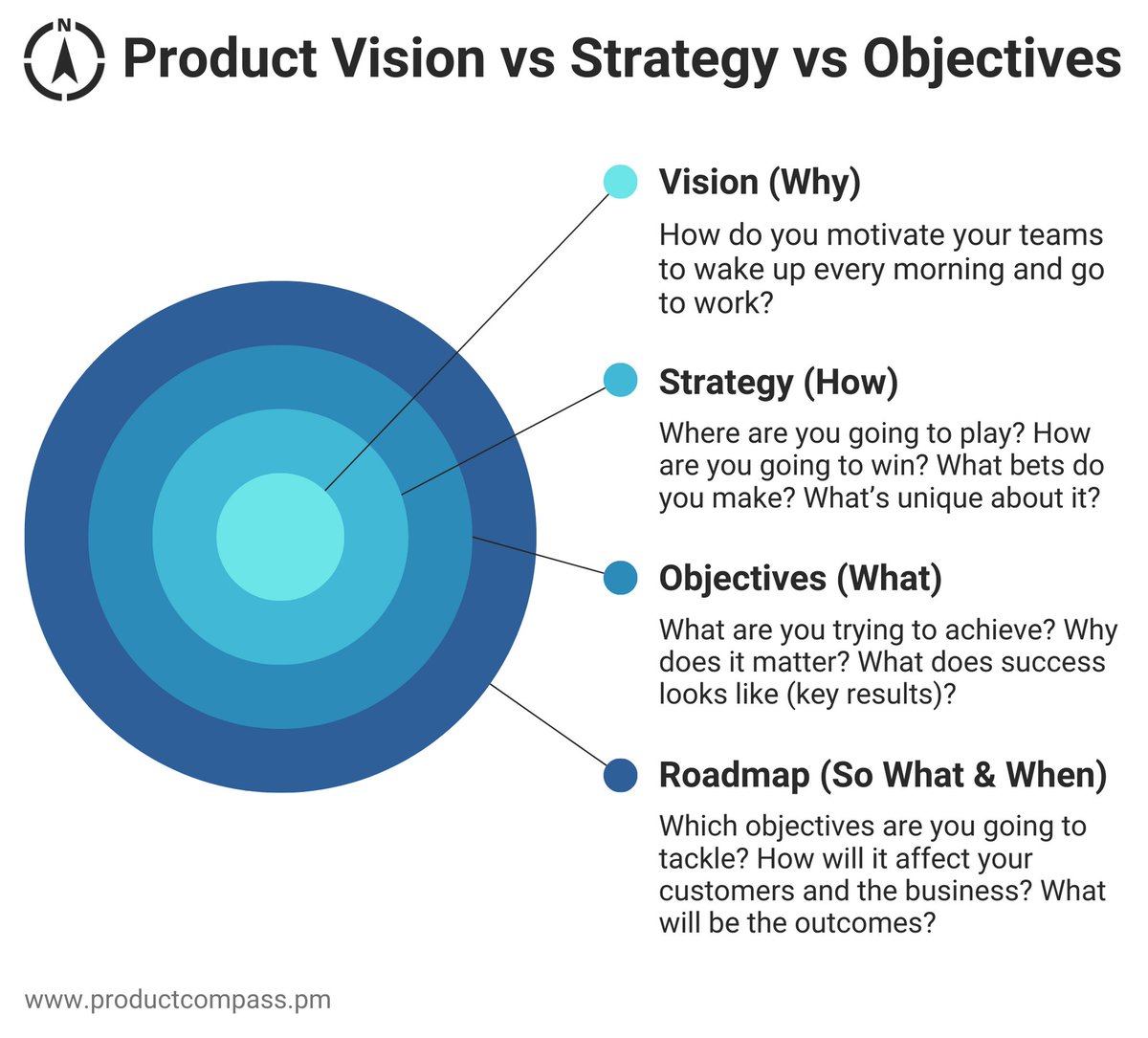(2/7)
The 9 most powerful techniques:
1. Communicate the Why
2. Explain the strategic context
3. Clearly state your objectives
4. Specify the key results (desired outcomes)
5. Provide an example or template
The 9 most powerful techniques:
1. Communicate the Why
2. Explain the strategic context
3. Clearly state your objectives
4. Specify the key results (desired outcomes)
5. Provide an example or template
(3/7)
6. Apply the thinking hats technique
7. Set constraints and limitations
8. Provide step-by-step instructions
9. Explain a specific technique (the Internet is often wrong)
6. Apply the thinking hats technique
7. Set constraints and limitations
8. Provide step-by-step instructions
9. Explain a specific technique (the Internet is often wrong)
(4/7)
Top high-ROI use cases:
1. Get new product ideas
2. Identify hidden assumptions
3. Plan the right experiments
4. Summarize a customer interview
5. Summarize a meeting
Top high-ROI use cases:
1. Get new product ideas
2. Identify hidden assumptions
3. Plan the right experiments
4. Summarize a customer interview
5. Summarize a meeting
(5/7)
6. Social listening (sentiment analysis)
7. Write user stories
8. Generate SQL queries for data analysis
9. Get help with PRD and other templates
6. Social listening (sentiment analysis)
7. Write user stories
8. Generate SQL queries for data analysis
9. Get help with PRD and other templates
(6/7)
The most important advice?
Experiment. If the first response isn't what you need, give constructive feedback and try again.
Ultimately, you end up with a set of custom, validated prompt templates.
The results might not be perfect, but they do 80% of the job. And let you focus on what matters most.
The most important advice?
Experiment. If the first response isn't what you need, give constructive feedback and try again.
Ultimately, you end up with a set of custom, validated prompt templates.
The results might not be perfect, but they do 80% of the job. And let you focus on what matters most.
(7/7)
That's a wrap.
Enjoy this?
1. Follow me @PawelHuryn for more of these
2. RT the thread to share it with your friends
That's a wrap.
Enjoy this?
1. Follow me @PawelHuryn for more of these
2. RT the thread to share it with your friends
https://x.com/PawelHuryn/status/1796058615477834182
P.S. You might like my Top 9 High-ROI ChatGPT Use Cases for PMs: productcompass.pm/p/chat-gpt-use…
• • •
Missing some Tweet in this thread? You can try to
force a refresh













